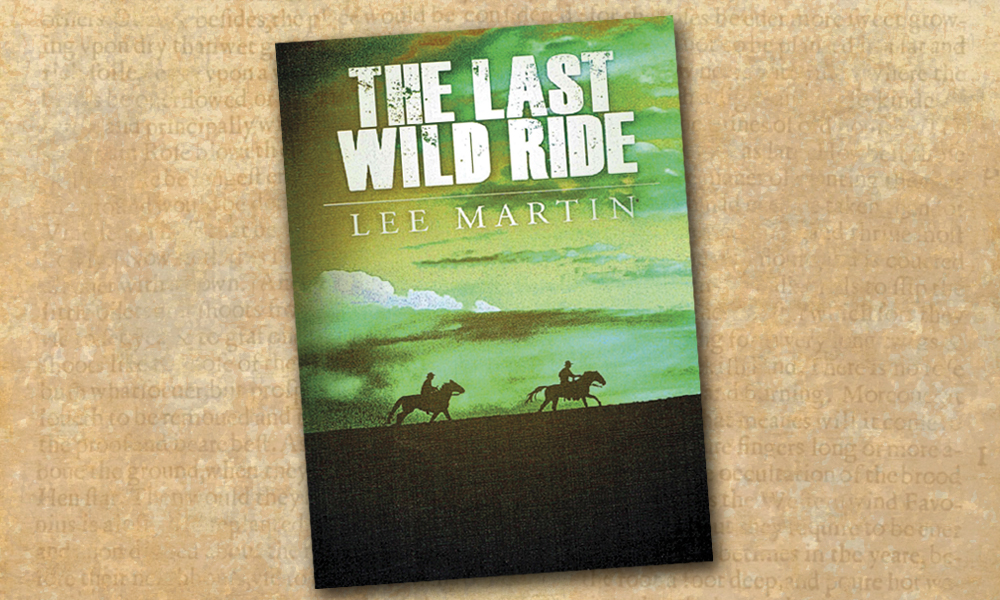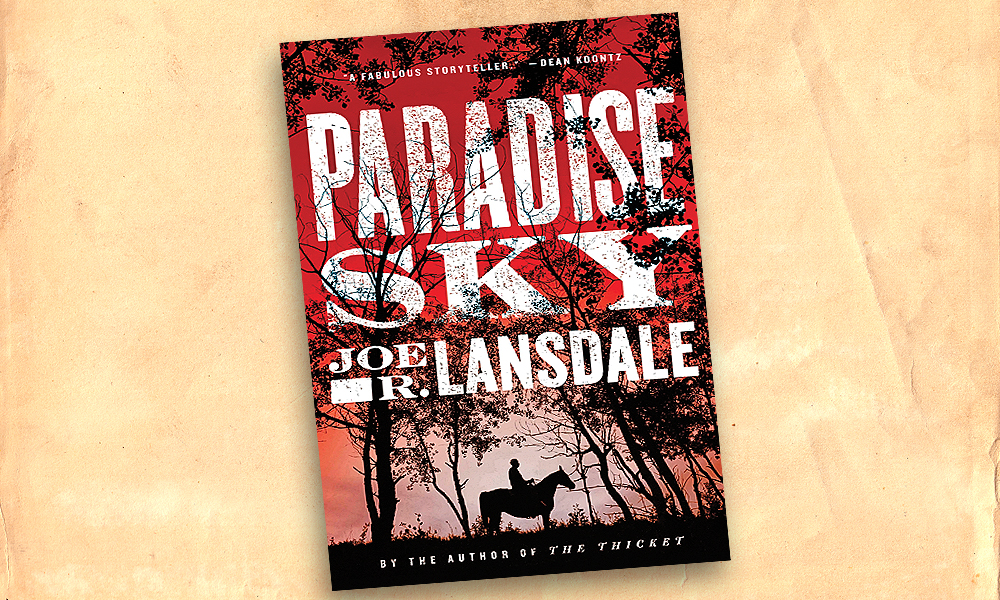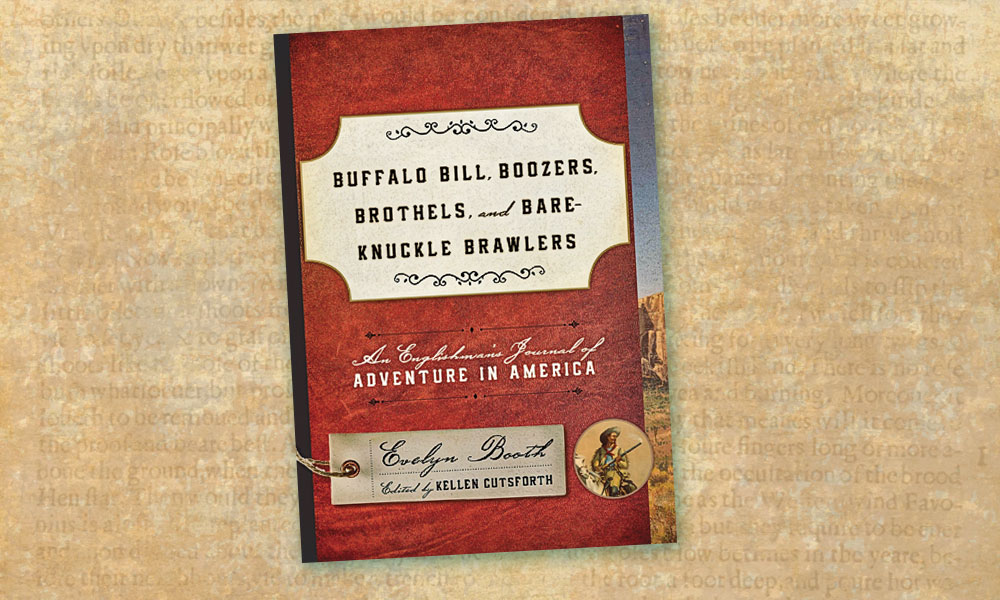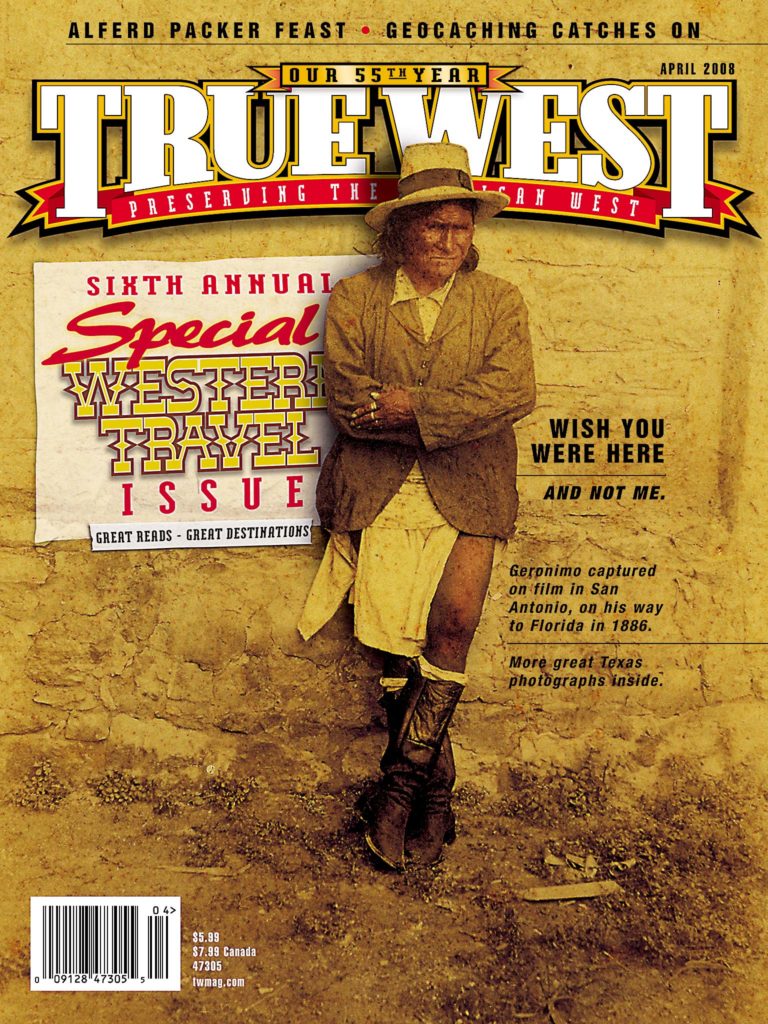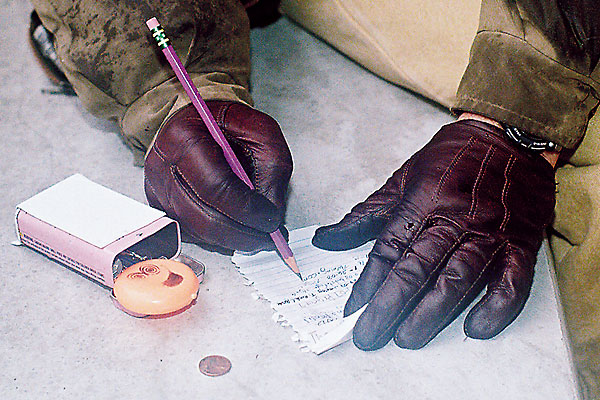
Rain had fallen for more than 24 hours, so it was not a typical morning in Phoenix, Arizona—cold, wet and the air thick with the smell of crushed leaves, pine needles and the pungent odor of desert succulents.
We were walking straight ahead—my wife Bea calling out the changing coordinates on our GPS. We had our East-West position; we were now moving South.
“This is it” she said. She was standing on a patch of dead winter grass midway between two trees. I began searching for a cache in the tree to the east, above my head, as the notes from the web site stated to look 6 1/2 feet above ground. The twisted tree limbs had many nooks and crannies; I was having no luck finding it.
A neighbor came out of his house, looked over and said “it’s in the other tree.” He was right. I found a 3×4-inch packet made from camouflaged duck tape nailed to the tree. Bea and I had just found our first geocache—0.3 miles from our home.
When our editor first asked me to write this story, I had no idea what she meant. At first I thought she said geodes—”oh sure I’ve been out looking for geodes before, there’s a great place just above Payson!” No, Geocaching. Geo as in, well, geography, and cache as in hidden booty.
In May 2000, the U.S. government removed selective availability from its Global Positioning System satellites, thereby giving every GPS user a free upgrade—increasing the accuracy of GPS receivers from about 100 meters to more like 15 meters.
Soon afterward, GPS enthusiast David Ulmer decided to test this newfound accuracy by stashing a bucket full of goodies in the woods near Portland, Oregon. He posted its coordinates on the Internet in a GPS forum. The rules for what he called the “Great American GPS Stash Hunt” were simple: take something, and leave something else.
Within days, people read Ulmer’s posting and went looking for his stash in the woods. After finding the stash, they shared their experiences on the forum—geocaching has caught on like a wildfire ever since.
Now more than 500,000 geocaches worldwide are monitored on geocaching.com—the official website of this new travel sport.
The first time I logged on to geocaching.com, I was amazed at how many caches had been placed within a mile or two of my house. These things were everywhere, and most people have no idea they exist at all—unless they go hunting for them.
The caches themselves vary in size from micro caches to virtual caches, which are not caches at all but simply the location itself—like a landmark or just a beautiful spot.
All traditional caches should contain a log book for visitors to sign. Other than that, they can contain anything. Many people leave coins and decorative pins or buttons—some have items that might come in handy while out hunting for geocaches, such as maps or compasses. Some might even contain music CDs or geocoins.
Geocoins are special tokens made specifically for geocaching. Each geocoin has a unique ID number so that it can be tracked (via the Internet) as it moves from one location to another.
Geocaching clubs have sprung up all over the globe, and many adventure organizations, like backpacking and 4-wheel drive clubs, hold geocaching events.
I’m always looking for ways to get outdoors and have some fun; geocaching really fits the bill. I was thinking, wouldn’t it be great if we got Bob Boze Bell to go out to historically significant spots and hide geocaches for our readers to find? Well, that’s never going to happen—but I’ll do it.
Here’s the plan. I’m going to hide geocaches in historical spots throughout Arizona and some of our friends around the country will do the same. My caches will contain at the very least a log book (duh!) and a photo of someone significant to that spot—like Wyatt Earp in Tombstone. Everyone will be on their honor not to take the photo but instead take a picture of yourself holding the photo and send it to us. Those who successfully find all caches in any one (or all!) of the designated areas will be entered into a drawing to win cool prizes.
You can find out where our caches are by logging on to geocaching.com and looking up caches placed by twgeo (our user name).
Our first cache is right here in Cave Creek, Arizona, and the coordinates are 33º 50.029 N, 111º 56.254 W.
So get your GPS and your cowboy hat and hit the trail. I hope to see you there!
Ten caches will be hidden at these True Western Towns of 2008:
Pendleton, OR: May
Deadwood, SD: May
Casper, WY: June
Cheyenne, WY: September


